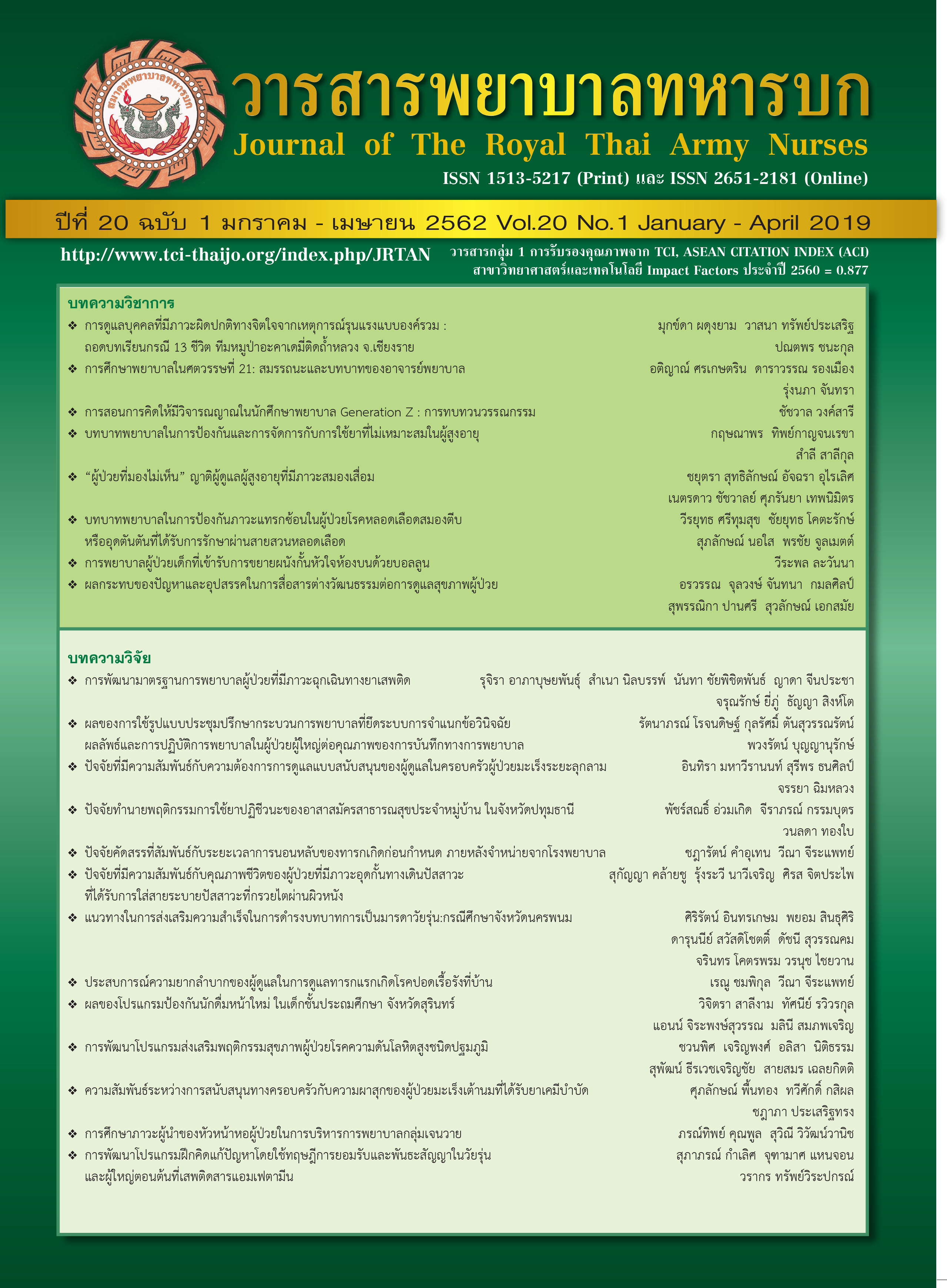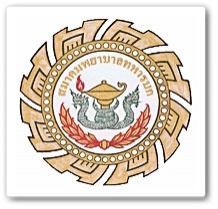Nursing Care of Children Undergoing Balloon Atrial Septostomy
Keywords:
nursing care of children, balloon atrial septostomy, cardiac catheterizationAbstract
Balloon atrial septostomy (BAS) is an important therapeutic cardiac catheterization and a life-saving interventional procedure for congenital heart disease in newborn or small infant with the purpose of widening a restrictive interatrial communication. It is an emergency intervention in nature, an effective palliative treatment, and allowing the planning for surgery. However, there may have complications during and post intervention phase in the cardiac catheterization laboratory. BAS is going to get better, if there is a multidisciplinary team by co planning. Consequently, nurses have to improve their nursing competency by integrating knowledge related to congenital heart diseases, balloon atrial septostomy, and the complications that may arise in order to monitor patients in reducing the adverse effects of therapeutic cardiac. This would provide nursing care better and holistic care to their families effectively. To provide holistic patient care, nurse must use their experiences and skills by applying the theoretical based during and post intervention phase in practical way.
Downloads
References
2. Matter M, et al. Balloon Atrial Septostomy: The oldest cardiac interventional procedure in Moasoura. Egypt Heart J. 2011; 63(2): 125-129.
3. Chungsomprasong P & Durongpisitkul K. Cardiac Catheterization in Congenital Heart Disease patients. In: Sirichongkolthong B, et al. editors. Pediatrics (Congenital Heart Disease). 2012.(in Thai)
4. Awad S, Hijazi ZM. Balloon Atrial Septostomy and Stenting of the Atrial Septum: Hijazi ZM, Feldman T, Cheatham JP, Sievert H, editors. Complications During Percutaneous Interventions for Congenital and Structural Heart Disease. London: Informa Healthcare;2009.
5. FeltesTF,etal.Indicationsforcardiaccatheterization and intervention in pediatric cardiac disease: a scientific statement from the American Heart Association. Circulation. 2011; 123(22):2607-2652.
6. Lopes LM, et al. Balloon Atrial Septostomy guided by echocardiography in a neonatal intensive care unit. Arq Bras Cardiol. 2010;95(2): 153-158.
7. Perry SE, Hockenberry MJ, Lowdermilk DL, Wilson D. 5th ed. Maternal child nursing care. St. Louis, MO: Mosby/Elsevier; 2014.
8. Lekhawiphat R. Nursing care for children before and after therapeutic cardiac catherization. Thai Red Cross Nursing Lournal. 2013; 6(2):15-24. (in Thai)
9. Mori Y, Nakazawa M, Yagihara T. Complications of pediatric cardiac catheterization and system of catheterization laboratories minimizing complications – a Japanese multicenter survey. J Cardiol. 2010; 56: 183-188.
10. Krasemann T. Complications of cardiac catheterization in children. Heart. 2015;101: 948-953.
11. Prasertsong C. & Chaleoykitti S. Psychosocial status of Patients with Heart Disease. Journal of The Royal Thai Army Nurses. 2013; 14(1): 85-96 (in Thai)
12. Inthasorn C. & Panturut P. Nursing Care of Diagnostic and Intervention Cardiac Catheterization. In: Sirichongkolthong B, et al. editors. Pediatrics (Congenital Heart Disease). 2012. (in Thai)
Downloads
Published
How to Cite
Issue
Section
License
บทความหรือข้อคิดเห็นใดใดที่ปรากฏในวารสารพยาบาลทหารบกเป็นวรรณกรรมของผู้เขียน ซึ่งบรรณาธิการหรือสมาคมพยาบาลทหารบก ไม่จำเป็นต้องเห็นด้วย
บทความที่ได้รับการตีพิมพ์เป็นลิขสิทธิ์ของวารสารพยาบาลทหารบก
The ideas and opinions expressed in the Journal of The Royal Thai Army Nurses are those of the authors and not necessarily those
of the editor or Royal Thai Army Nurses Association.






